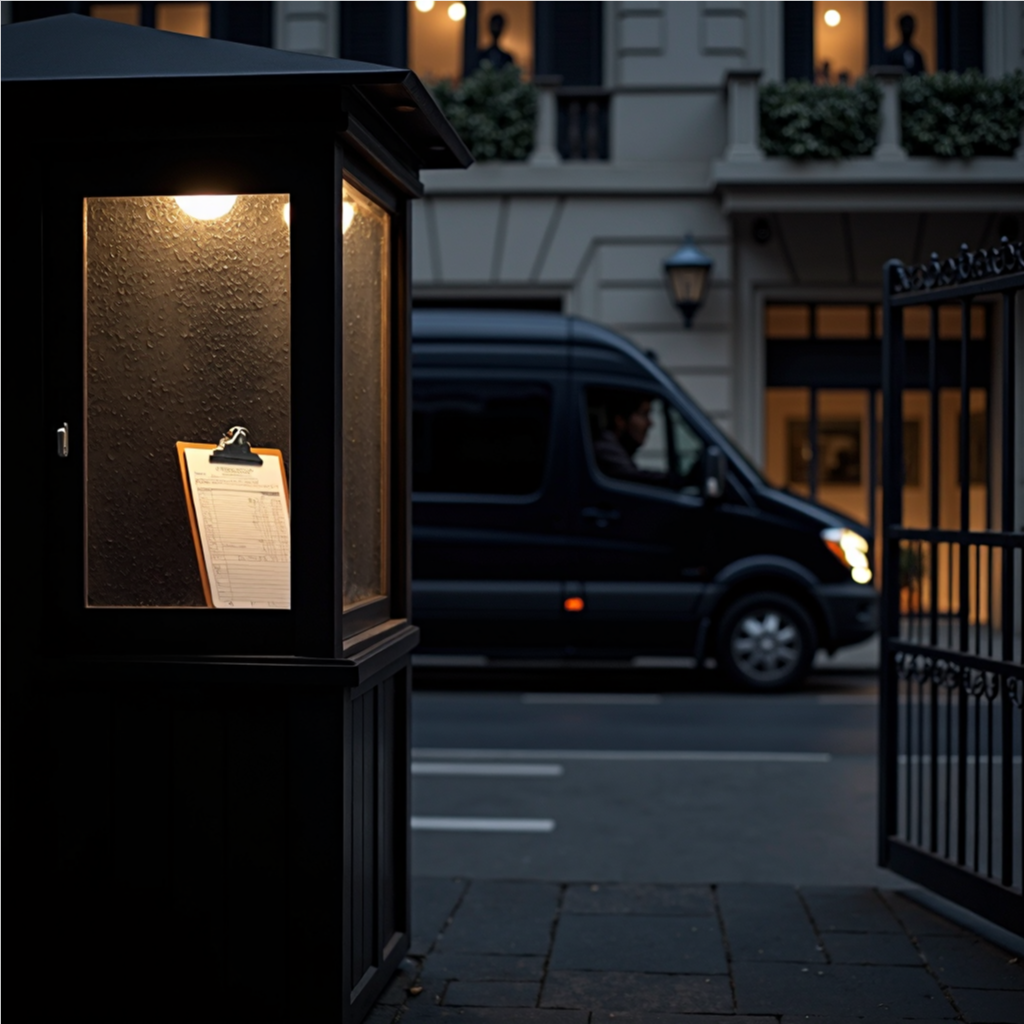The Man Who Opened the Gate
Some lies echo. Others barely make a sound.
Marcus Kellerman didn’t disappear because he was guilty. He disappeared because he panicked—and in that panic, he nearly became a suspect in one of the most meticulously executed art thefts Philadelphia has ever seen.
But what he told me this week changes everything.
The Ghosted Date
Let’s start with the woman he was supposed to meet the night of the theft.
They had plans. Drinks at a small bar near Rittenhouse. 8:30 sharp. But Marcus never showed. Never texted. Never followed up.
“He just vanished,” she said. “I figured I’d been ghosted. But the way he was acting earlier that day? He was off.”
She remembers him checking his phone constantly. Pacing. Rambling about “gallery politics” and how he “really needed the money.” He didn’t sound like a guy worried about meeting a woman. He sounded like a man waiting for something else to happen.
Time Games
What Marcus had been hiding wasn’t criminal—but it was enough to get him fired.
According to a source inside the Château’s contracted security firm, Marcus had been gaming the timeclock—leaving his shift early, then returning hours later to punch out as if he had worked a full night. He’d done it before without consequence. Quiet trick. Quiet benefit.
But that night, things got loud.
When word of the shooting broke—when the lights flashed and sirens swarmed the street—Marcus stayed gone. If he returned to clock out, the scam would come to light. If he stayed away, no one could prove he was ever there.
So he chose the second option—and vanished into the noise.
He’s not a mastermind. But he was there. And he opened the gate.
The Call Chain
Marcus claims he followed procedure when the van arrived with the cleaning order. He called someone inside. That person was Julian Haynes, the night guard on duty.
“Julian said he didn’t know anything about a cleaning crew,” Marcus told me. “Sounded surprised. Told me to check with Lily.”
So Marcus made a second call.
“I called Lily Harper. Told her there was a van out back, cleaning crew, had a work order. She said to let them in. No hesitation.”
Let that settle.
Marcus didn’t go rogue. He didn’t make a judgment call. He was told—by someone inside, someone with authority—to grant access.
And that person was the assistant curator.
Still Under Watch
The morning after I spoke with Marcus, the black sedan returned.
Same spot. Same two men. Windows up. Engine running.
They didn’t get out. They didn’t need to.
They were just letting me know they’re still watching.
Pattern Recognition
Let’s map this out:
The van didn’t sneak in. It was let in.
The work order may have been fake—but someone accepted it as real.
The first man Marcus called—Julian Haynes—disavowed knowledge.
The second person—Lily Harper—gave the green light.
Marcus may have broken company rules. But he didn’t steal a painting. And he didn’t shoot Adrienne Rousseau.
He did, however, hand the keys—metaphorically and literally—to someone who may have done both.
Next Friday, I’ll turn my attention to Lily Harper.
She was the last to arrive that night—and possibly the first to know what really happened. I’ll look at her role inside the Château, her access, her silence, and the question I can’t shake:
Why did she approve a crew no one else seemed to know was coming?
There’s a difference between involvement and oversight. But sometimes, the line between the two is drawn in shadows.
Stay vigilant,
Will Ryland



